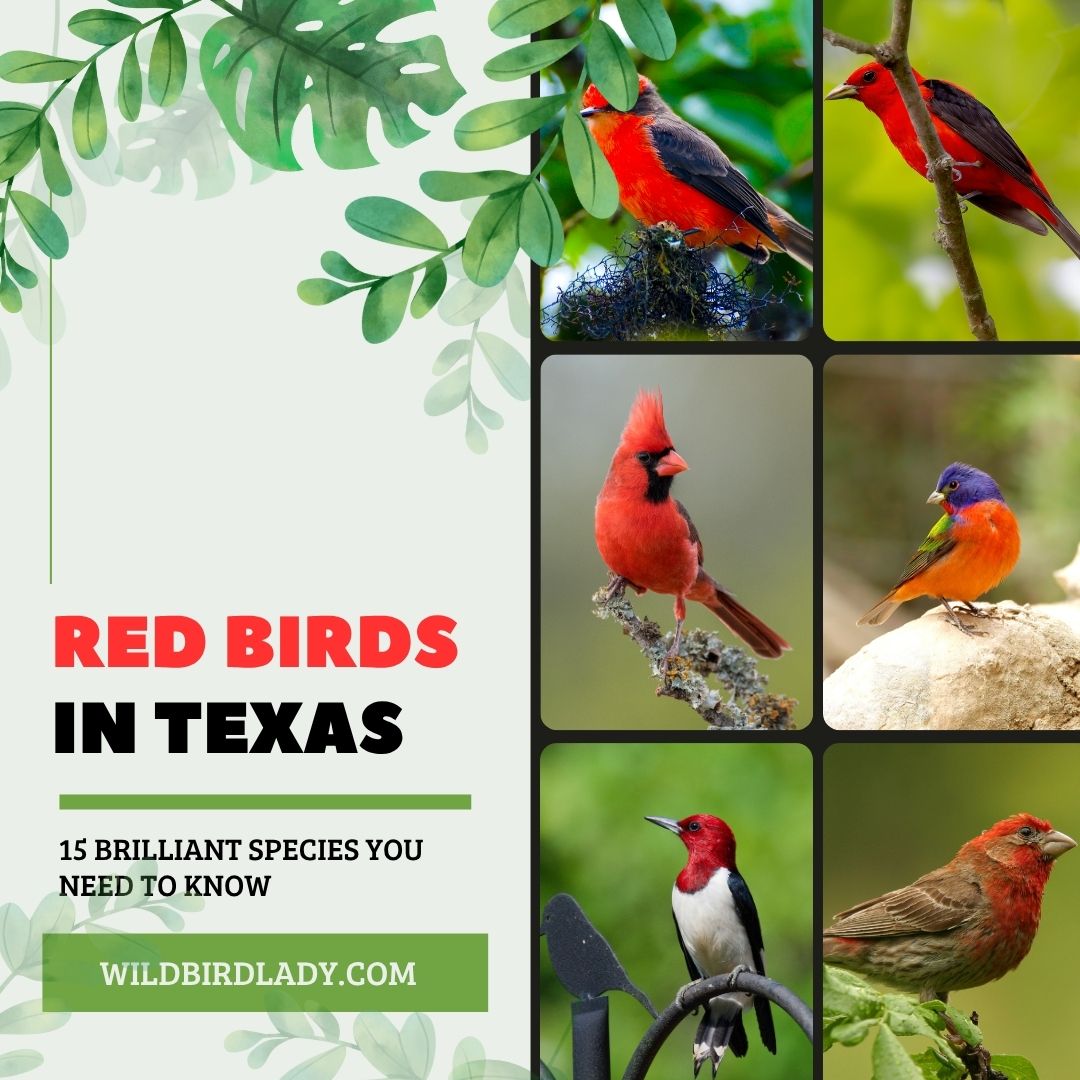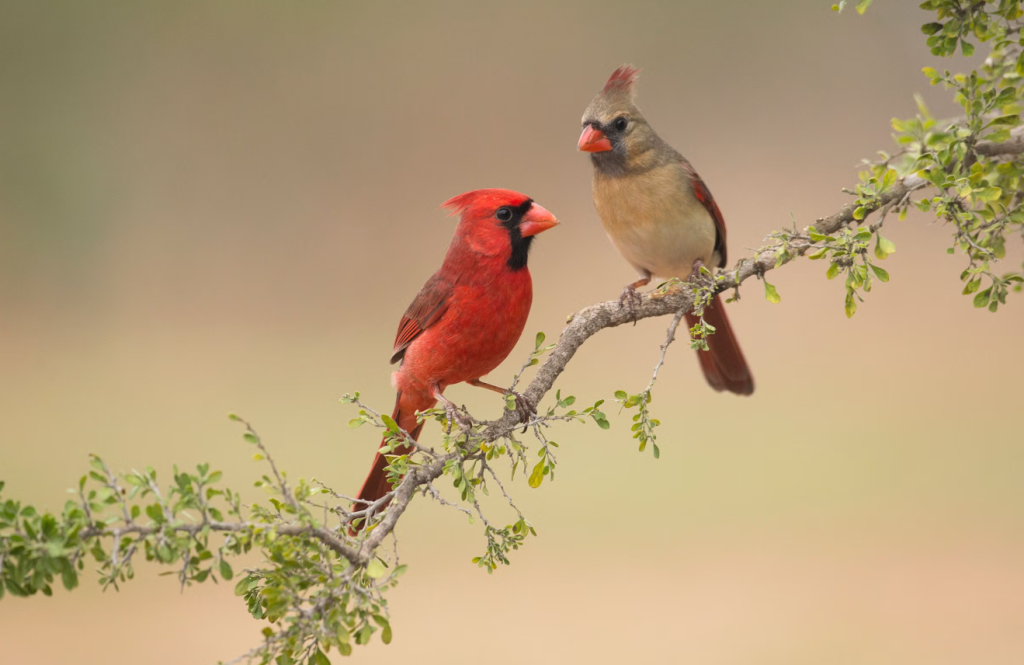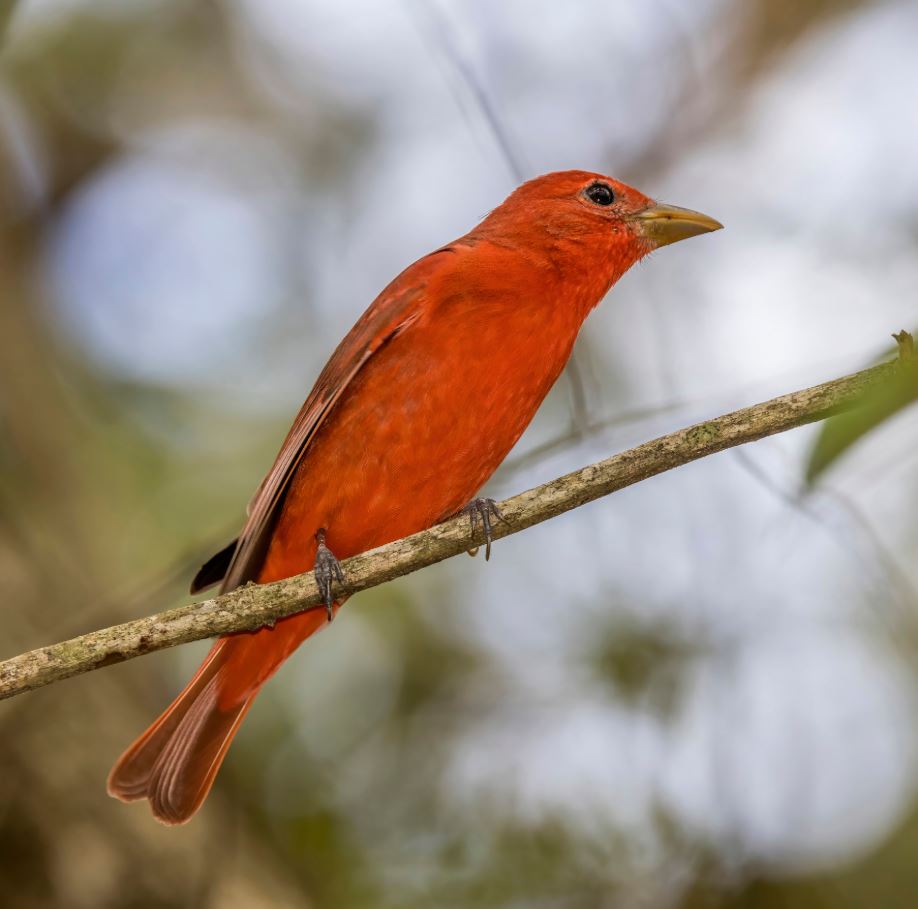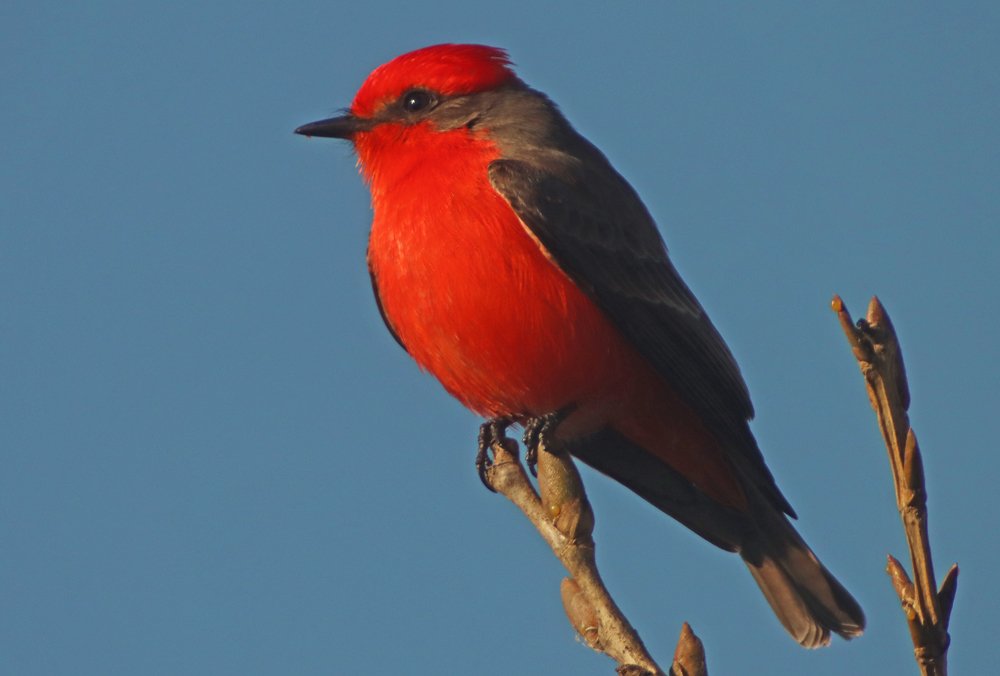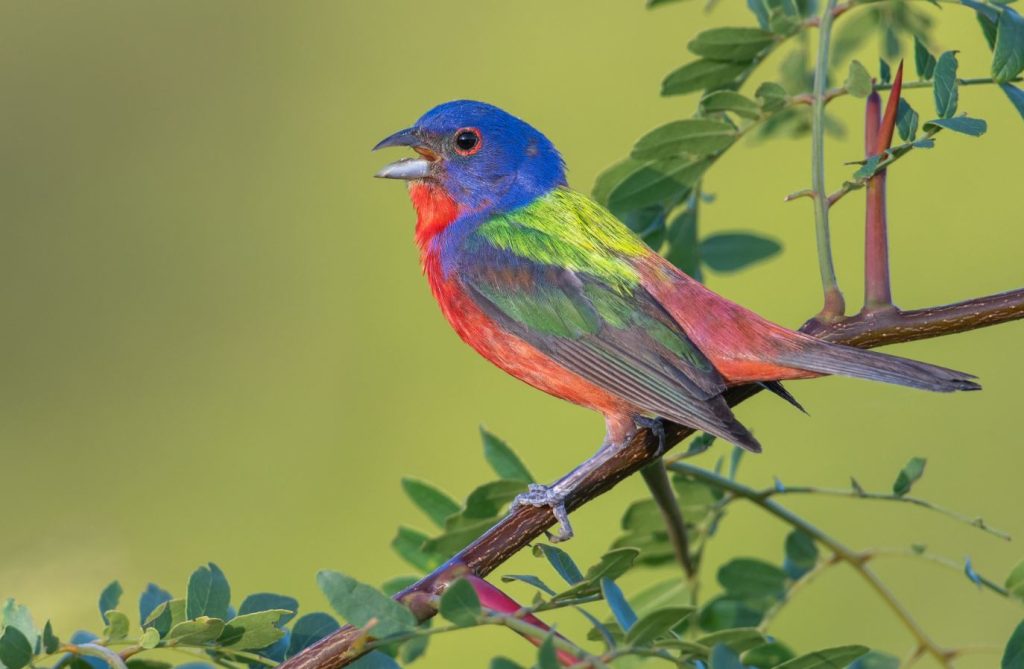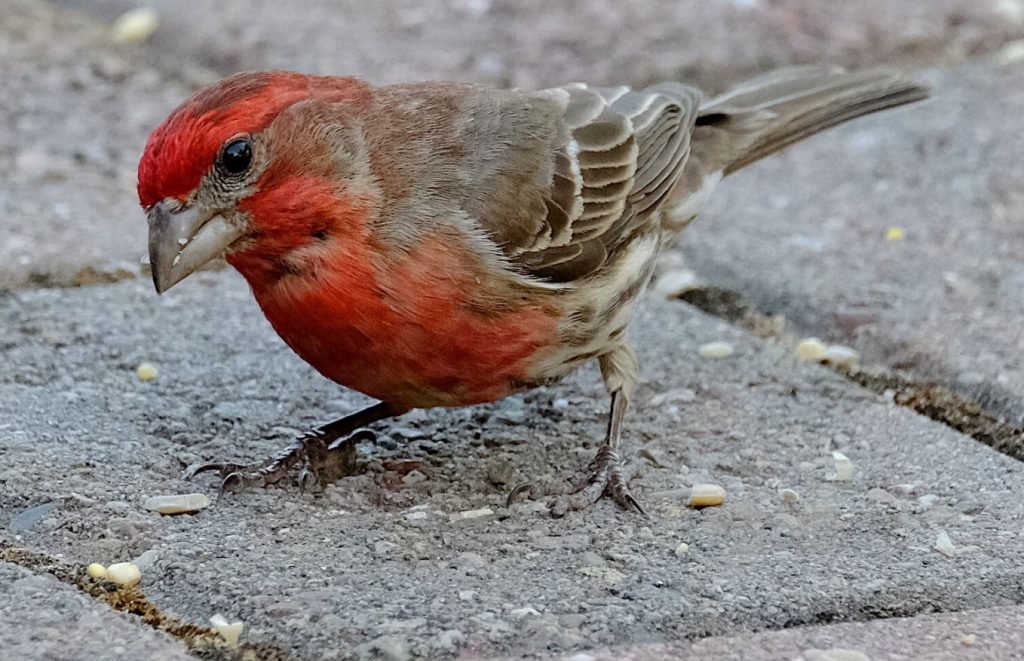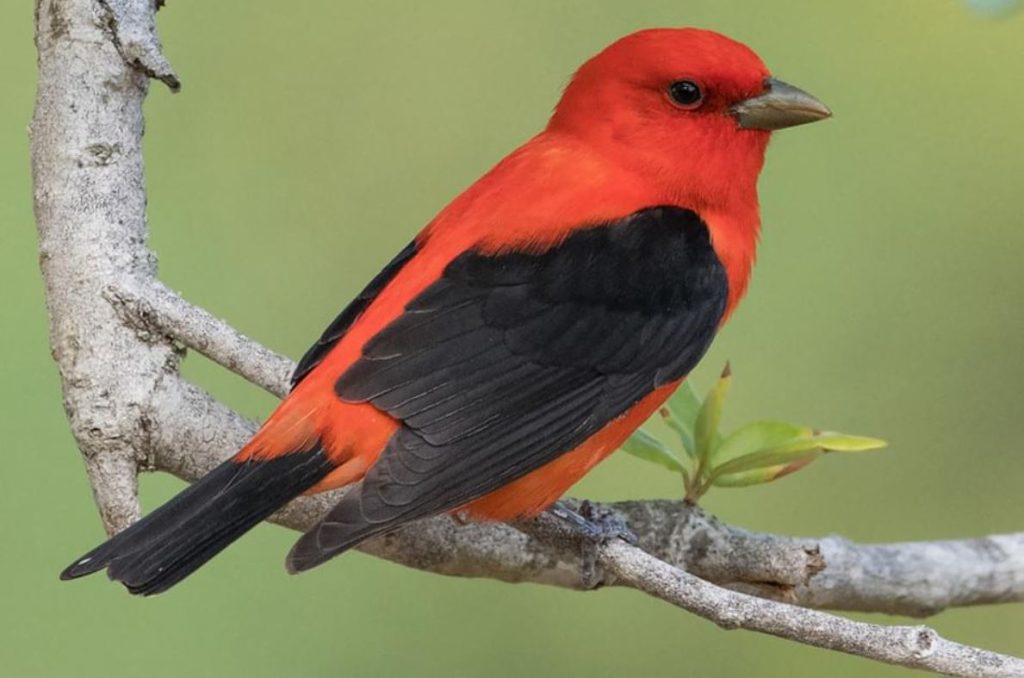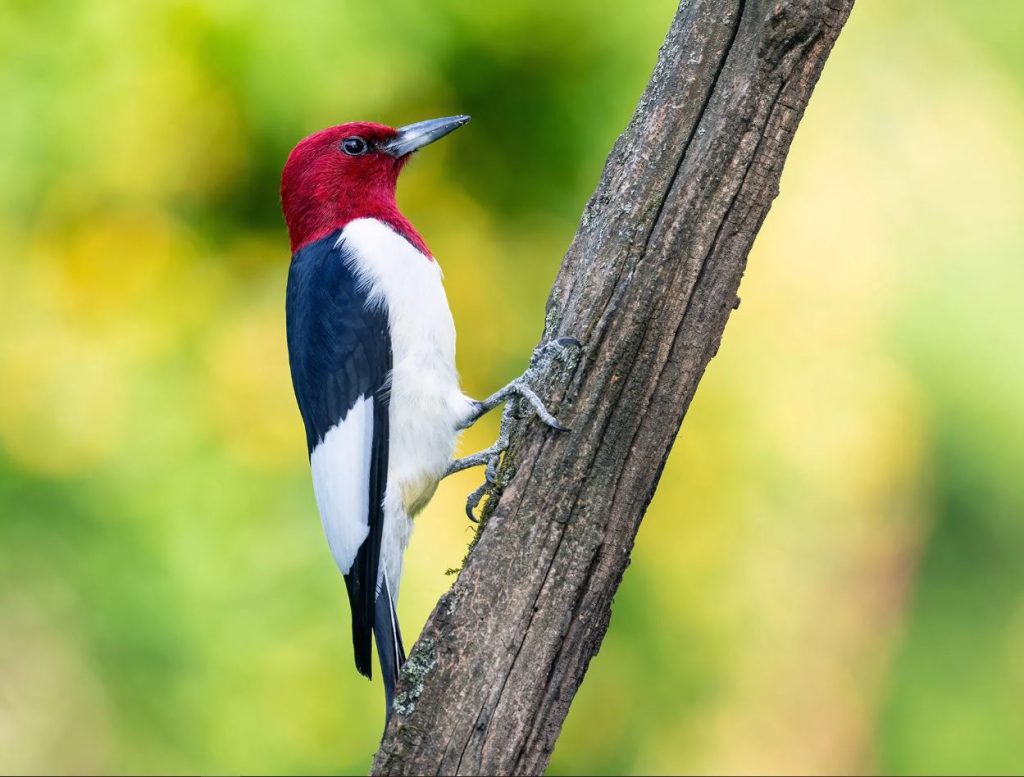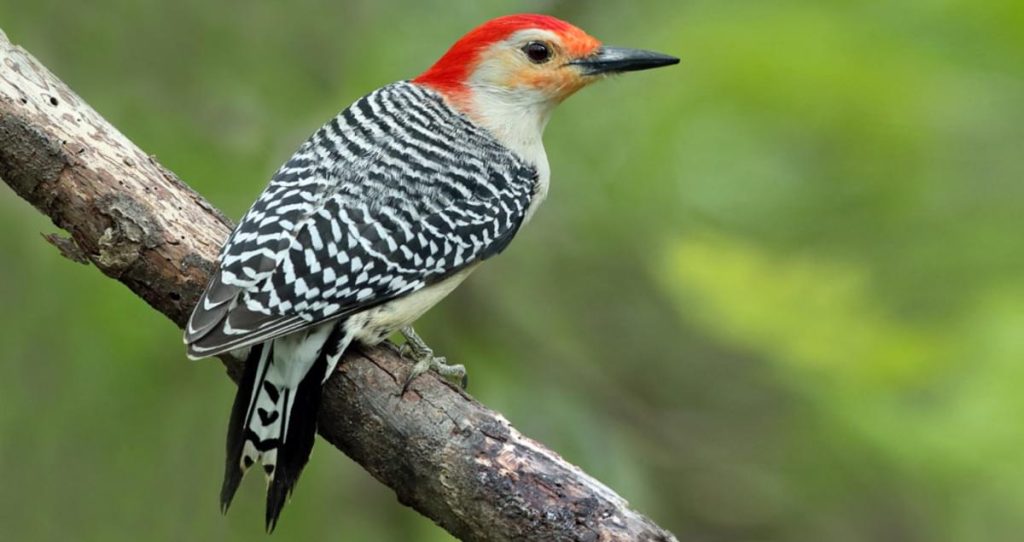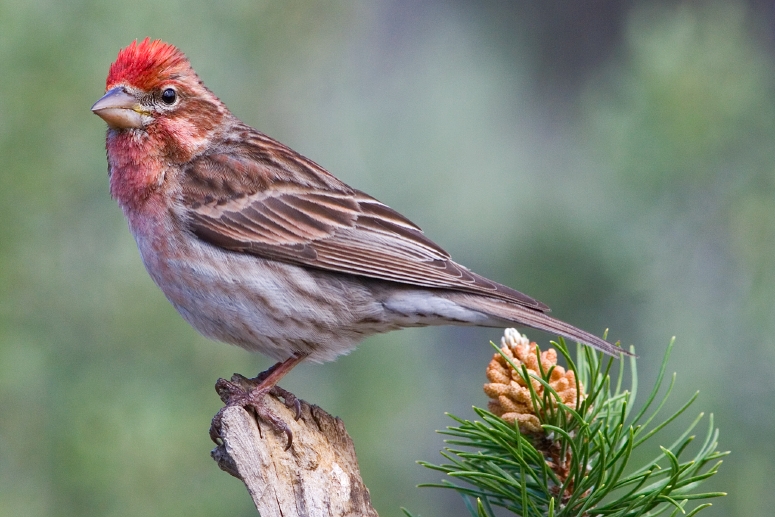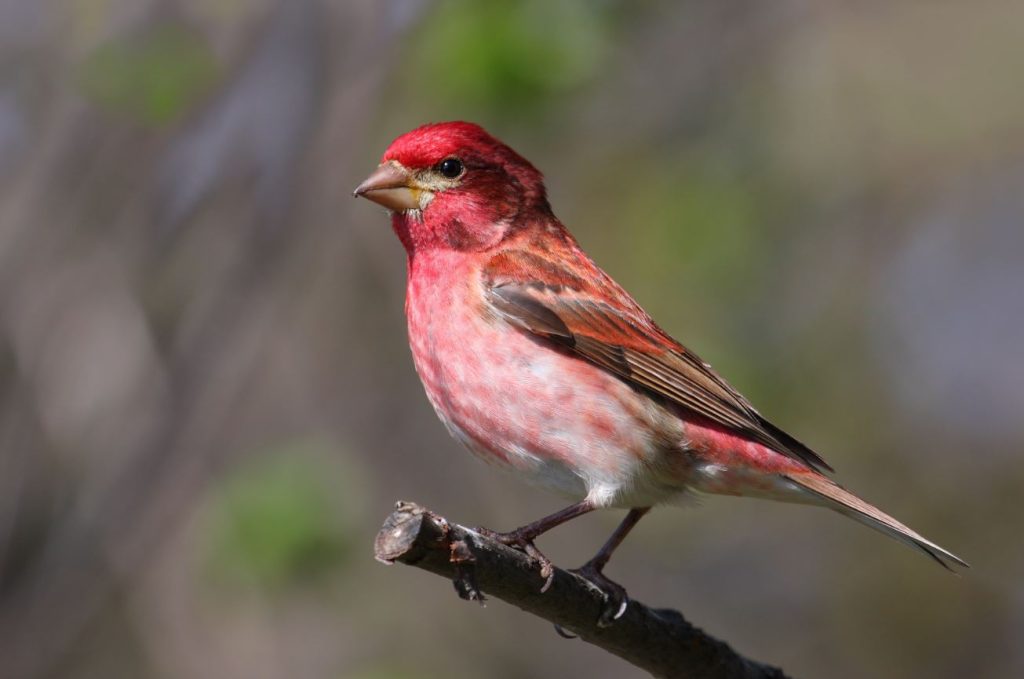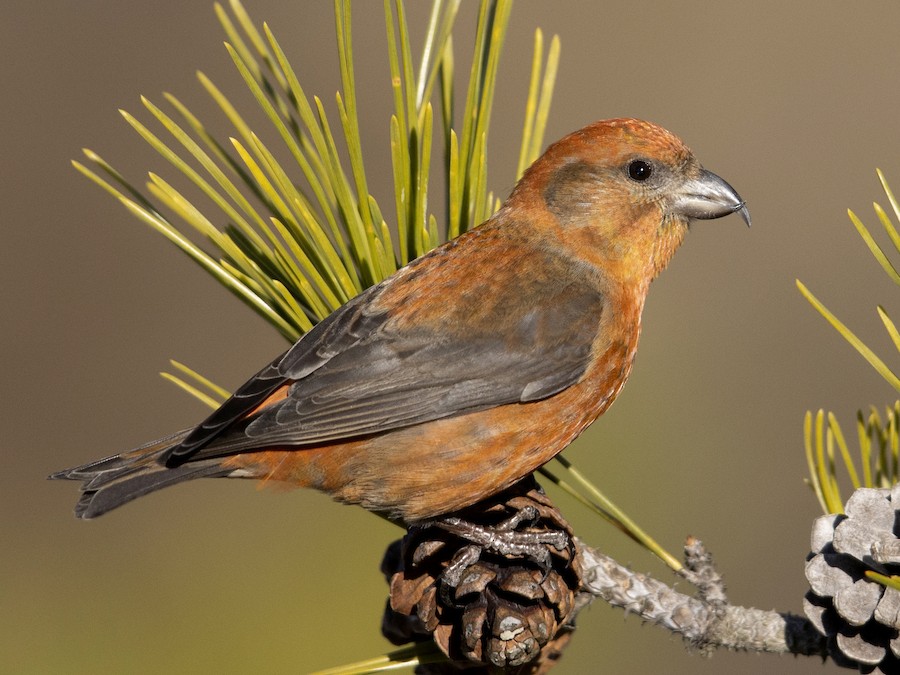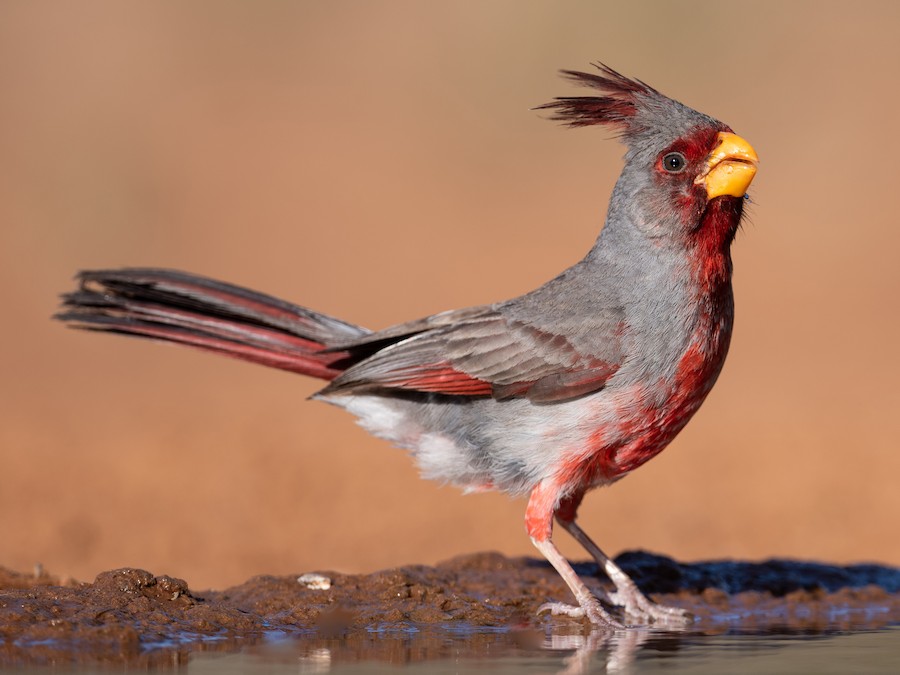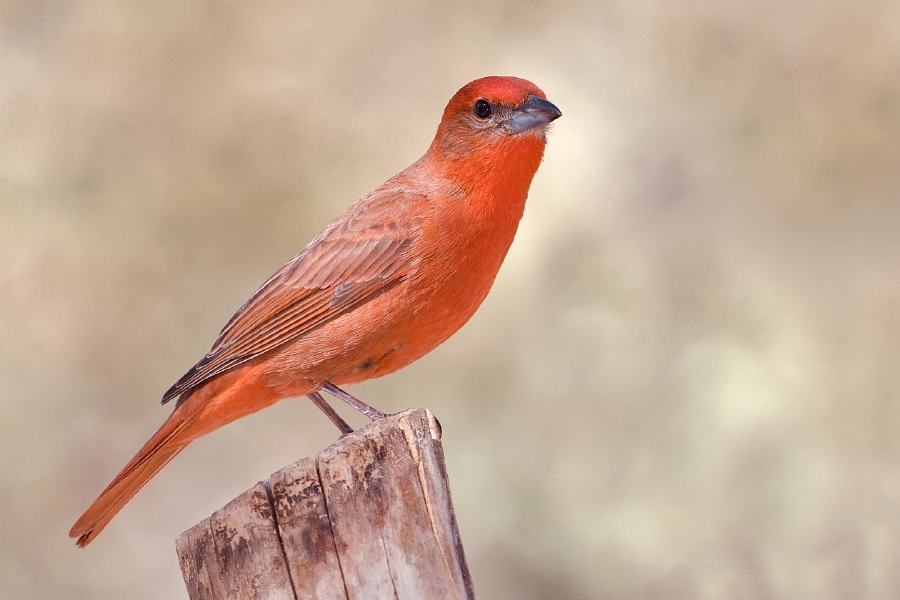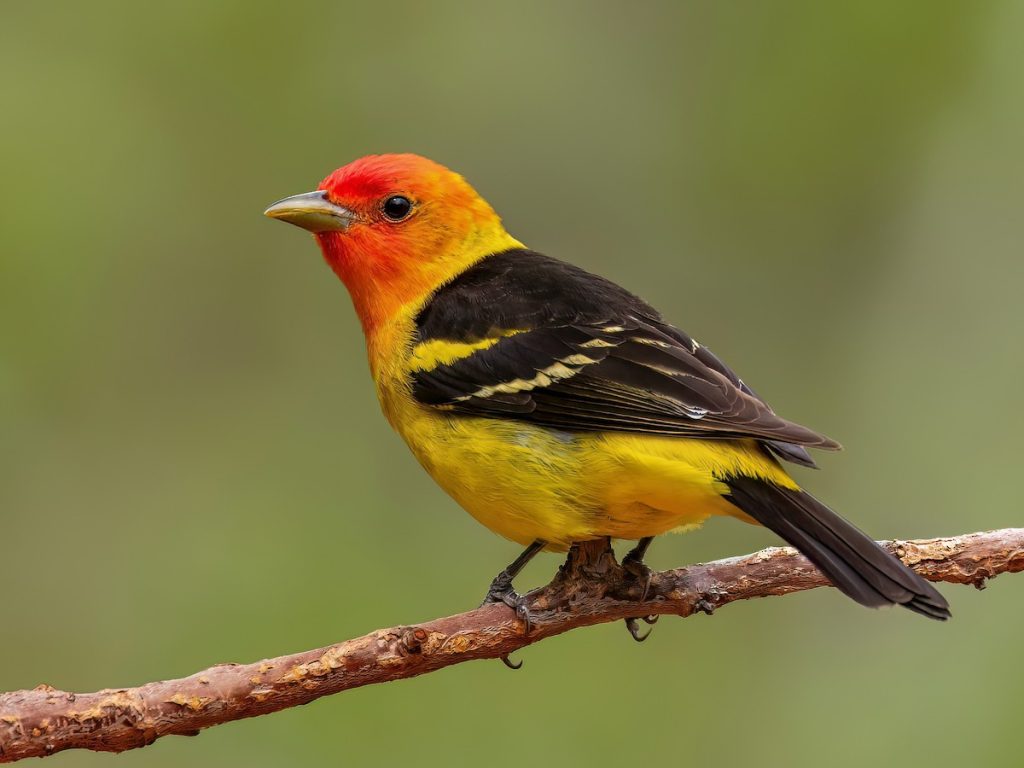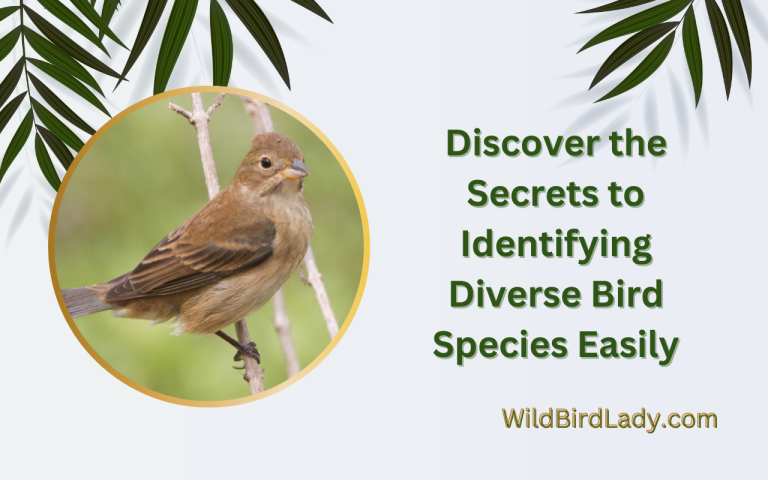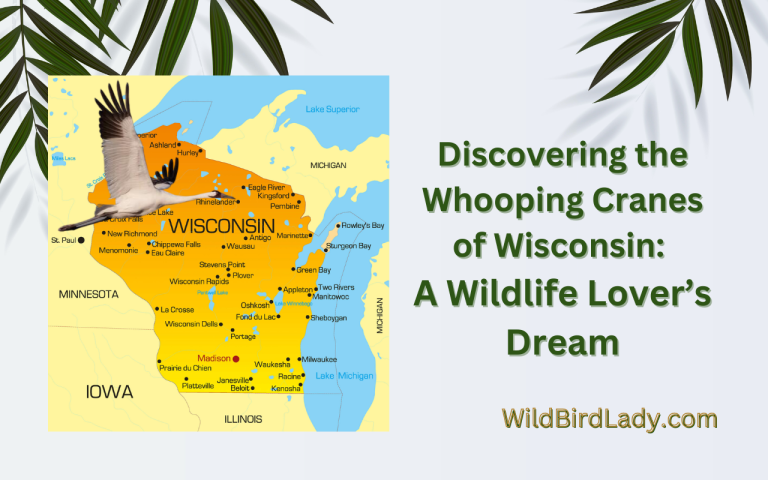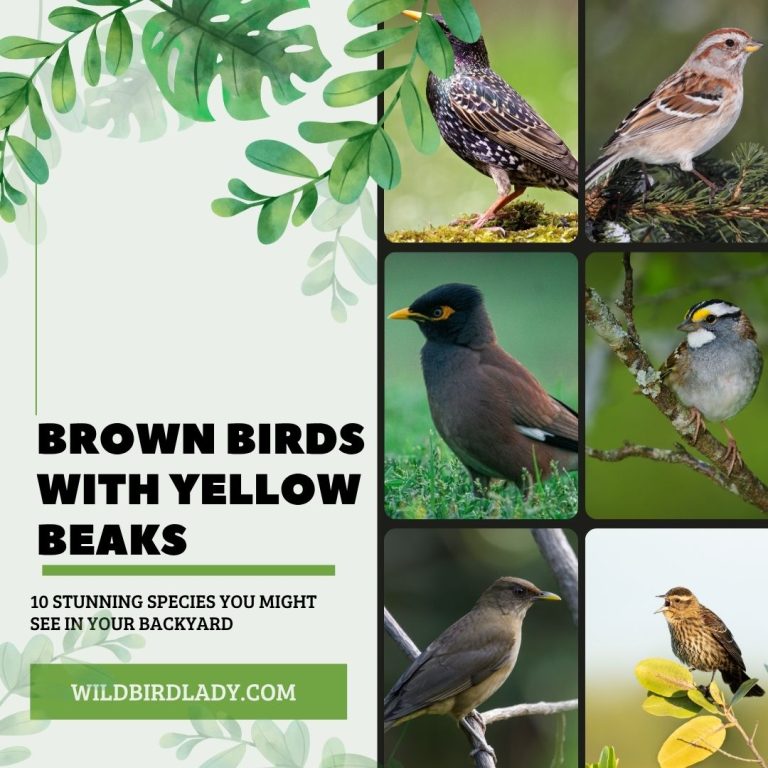Red Birds in Texas: 15 Brilliant Species You Need to Know
Texas, with its vast landscapes and diverse habitats, is a birdwatcher’s paradise. Among its avian treasures, red birds stand out like living rubies against the greenery and skies. Whether you’re a seasoned birder or a curious backyard observer, spotting a vibrant red bird can be breathtaking.
In this complete guide, we’ll explore 15 red birds in Texas, how to identify them, what they sound like, and expert tips on how to attract them to your backyard. With insights from Rifat Ahmed, who has over 13 years of birdwatching experience, and references from All About Birds and the Macaulay Library, this guide is packed with everything you need to appreciate these fiery-feathered visitors.
List of 15 Red Birds in Texas
1. Northern Cardinal (Cardinalis cardinalis)
How to Identify:
- Males are brilliant red with a black mask.
- Females are soft brown with reddish tinges.
- Both sexes have a bold crest and orange beak.
Where to See Them:
Everywhere in Texas—backyards, woodlands, parks.
Sound:
Listen to its song: Cheerful whistles like “cheer-cheer-cheer”.
Attraction Tips from Rifat Ahmed:
- Use hopper feeders with sunflower and safflower seeds.
- Plant dense shrubs like Texas sage for nesting.
- Provide a shallow birdbath with running water.
As noted by All About Birds, the Northern Cardinal is one of the most beloved and widespread songbirds in North America—and especially common in Texas.
2. Summer Tanager (Piranga rubra)
How to Identify:
- Males are uniformly red with no wing bars.
- Females are olive-yellow.
Best Time in Texas:
Spring and summer in Central and South Texas.
Sound:
Listen here: A robin-like, melodious song.
Rifat’s Advice to Attract Them:
- Offer cut oranges, mealworms, and suet.
- Plant native berry bushes like beautyberry.
The Cornell Lab describes the Summer Tanager as North America’s only entirely red bird species—perfect for any Texas yard with the right trees and insects.
3. Vermilion Flycatcher (Pyrocephalus rubinus)
How to Identify:
- Males: Bright red underparts and crown, with dark wings and back.
- Females: Peachy undersides with grayish upperparts.
Where to Spot:
South and West Texas, especially around open fields.
Sound:
Hear its call: Quick, buzzy chips and trills.
How to Attract (Rifat’s Experience):
- Avoid insecticides—these flycatchers eat flying insects.
- Leave open branches or fences for them to perch on.
Learn more at the Vermilion Flycatcher profile from All About Birds. It’s a must-see if you’re birding near Texas’s desert landscapes.
4. Painted Bunting (Passerina ciris)
How to Identify:
- Males: Rainbow combination—blue head, red chest, green back.
- Females: Greenish-yellow overall.
Where to Spot:
Eastern and Central Texas during breeding season.
Sound:
Click here to listen: Delicate, warbling notes.
Attracting Tips from Rifat:
- Use feeders with white millet and sunflower chips.
- Provide thick, low native vegetation for cover.
According to All About Birds, the Painted Bunting is one of the most visually stunning birds in North America—and one of the most sought-after by Texas birders.
5. House Finch (Haemorhous mexicanus)
How to Identify:
- Males: Reddish head and chest, streaky brown body.
- Females: Plain brown with streaks.
Where to Find:
Cities, suburbs, parks, and gardens statewide.
Sound:
Listen now: Long, warbling phrases.
Backyard Attraction Tips:
- Fill feeders with nyjer or sunflower seeds.
- Provide clean water and dense shrubs nearby.
The Cornell Lab’s guide notes that House Finches thrive in urban settings and are common at backyard feeders across Texas.
6. Scarlet Tanager (Piranga olivacea)
How to Identify:
- Males: Crimson red body with jet black wings.
- Females: Olive-yellow throughout.
When and Where:
A spring and fall migrant through East Texas.
Sound:
Hear its song: Robin-like, but more hoarse.
How to Attract:
- Offer fruit like grapes or oranges.
- Keep your yard quiet and leafy—they prefer mature trees.
Visit All About Birds to learn why birders wait for spring just to glimpse this striking traveler through Texas.
7. Red-headed Woodpecker (Melanerpes erythrocephalus)
How to Identify:
- Vivid red head, white body, and black wings with white patches.
- Striking contrast makes them easy to spot.
Where in Texas:
Woodlands and open forests in East Texas.
Sound:
Listen here: Loud calls and tapping sounds.
Attracting Tips:
- Leave standing dead trees if safe—they nest in cavities.
- Offer suet cakes, peanuts, and apples.
As detailed by the Cornell Lab, this species stores food in bark crevices—a smart red bird with fascinating behavior.
8. Red-bellied Woodpecker (Melanerpes carolinus)
How to Identify:
- Red stripe from forehead to nape.
- Light belly with faint red blush (not always visible).
Where to See:
Woodlands and yards across Texas.
Sound:
Click here to hear it: Rolling churrs and sharp calls.
Rifat’s Tips:
- Offer suet and nuts year-round.
- Include native trees like pecan and oak in your yard.
The Red-bellied Woodpecker profile from All About Birds confirms it’s a smart, adaptive bird that thrives in suburban Texas settings.
9. Cassin’s Finch (Haemorhous cassinii)
How to Identify:
- Males have a rosy-red crown and chest.
- Females are streaked brown with a plain face.
Where & When:
Rare winter visitor in West Texas.
Sound:
Listen here: Warbling, musical notes.
Attract Them With:
- Platform feeders with black oil sunflower and millet.
- Keep areas quiet and natural to increase chance of sighting.
According to All About Birds, these highland finches are more common in the Rockies but occasionally show up in Texas during irruptive years.
10. Purple Finch (Haemorhous purpureus)
How to Identify:
- Males: Raspberry-red head and chest, not as bright as a cardinal.
- Females: Bold face markings with streaks.
Where to Find:
Uncommon in East Texas during winter.
Sound:
Click to hear it: Rich, rolling warbles.
Rifat’s Feeder Advice:
- Use sunflower seed tubes.
- Offer nyjer seeds alongside finch socks.
The Cornell Lab guide notes that Purple Finches are often mistaken for House Finches—watch their coloring carefully!
11. Red Crossbill (Loxia curvirostra)
How to Identify:
- Males are brick-red; the unique crossed bill helps open pine cones.
- Females are olive-brown.
Where to Spot:
Occasional winter visitors to East Texas pine forests.
Sound:
Listen here: Metallic “jip-jip-jip.”
Attracting Tips:
- Plant native pines and provide access to cones.
- Offer hulled sunflower seeds in winter.
Learn about their cone-cracking adaptations in the All About Birds Crossbill profile.
12. Pyrrhuloxia (Cardinalis sinuatus)
How to Identify:
- Desert cousin of the Northern Cardinal.
- Gray body with red chest, face, and crest.
Where to See:
West and South Texas, especially dry shrublands.
Sound:
Hear it here: Clear whistling, similar to cardinals.
How to Attract:
- Scatter sunflower seeds on the ground.
- Plant prickly pear and mesquite for cover.
According to All About Birds, these birds are perfectly adapted for Texas deserts and may even outcompete cardinals in arid zones.
13. Painted Redstart (Myioborus pictus)
How to Identify:
- Black body, red belly, white wing patches.
- Active foragers that flash their tails while feeding.
Where to Find:
Mountain canyons of West Texas during spring/summer.
Sound:
Listen here: Quick, trilling whistles.
Attracting Tips (Rifat’s Experience):
- Keep your yard insect-rich and pesticide-free.
- Provide dripping water features—they love to bathe.
Learn more at the Painted Redstart profile to explore this unique red-bellied warbler.
14. Hepatic Tanager (Piranga flava)
How to Identify:
- Males: Dusky red with gray face.
- Females: Olive-yellow.
Where in Texas:
Breeds in mountain woodlands of West and South Texas.
Sound:
Hear the call: Soft whistles and chirps.
Attract Them By:
- Growing berry-producing shrubs and serviceberry.
- Set up fruit trays near mature trees.
As explained in All About Birds, this species is more subtle in color but just as rewarding to observe.
15. Western Tanager (Piranga ludoviciana)
How to Identify:
- Males: Yellow body, black wings, and a brilliant red-orange head.
- Females: Duller yellow with gray wings.
When to Spot Them:
Spring and fall migrants through West Texas.
Sound:
Listen here: Sweet and robin-like.
Attraction Tips from Rifat:
- Offer orange halves, grape jelly, and mealworms.
- Plant pine or juniper trees for cover and insects.
Check out the Western Tanager guide to see why this fiery-headed migrant is a favorite among Texas birders.
How to Attract Red Birds to Your Texas Backyard
Shared by Rifat Ahmed – Birdwatcher with 13 Years of Experience
“If there’s one thing I’ve learned in over a decade of birdwatching, it’s that red birds are curious, colorful, and remarkably loyal visitors—if you give them what they need.”
After observing red birds across Texas for more than 13 years, from the Hill Country to the Rio Grande Valley, I’ve developed a few tried-and-true methods for turning any backyard—even one in the middle of a hot Texas suburb—into a red bird haven.
Here’s what works best:
1. Feed the Right Foods Year-Round
Red birds like cardinals, finches, and tanagers aren’t picky, but they won’t come around for cheap seed mixes full of filler.
My personal go-to foods:
- Black oil sunflower seeds – the #1 favorite for cardinals and House Finches.
- Safflower seeds – squirrels hate them, but cardinals love them.
- White millet – especially great for buntings and sparrows.
- Mealworms (live or dried) – a must during spring and summer for tanagers.
- Fruit trays – offer sliced oranges, grapes, or even banana peels.
“I keep a platform feeder for cardinals and finches, a tube feeder for smaller birds like House Finches, and a fruit dish for tanagers and orioles.”
2. Grow Native Plants and Shrubs
One of the biggest mistakes I see is sterile, overly landscaped yards with no cover. Red birds need dense, low shrubs to feel safe and to nest.
My favorite bird-friendly Texas natives:
- Texas Sage – great for cover and blooms that attract insects.
- American Beautyberry – attracts both birds and butterflies.
- Possumhaw Holly – winter berries feed birds when food is scarce.
- Redbud Trees – small enough for most yards, great spring blooms.
- Prickly Pear Cactus – amazing for Pyrrhuloxia and desert species.
“If your yard has a few messy corners with natural brush, keep them. The birds will thank you.”
3. Provide Fresh Water—Always
Texas heat can be brutal. During the summer, I often see more bird activity at my birdbath than at my feeders.
Tips from experience:
- Use a shallow birdbath (no deeper than 2 inches).
- Add a dripper or small solar fountain—movement attracts birds.
- Clean the birdbath at least twice a week to prevent bacteria.
“I’ve had Painted Buntings, Cardinals, and even a Red-headed Woodpecker bathe in my yard—all because I kept the water fresh.”
4. Keep Your Yard Natural—Not Too Tidy
Birds love untidy. That’s where the bugs live, and that’s where they hide.
- Leave leaf litter under trees. It’s full of insects.
- Skip pesticide sprays—they kill the insects birds need.
- Allow some brush piles or low thickets to grow for shelter.
“The more natural your space feels, the more inviting it is. You’re not decorating for people—you’re inviting wildlife.”
5. Adjust by Season
Different red birds appear during different times of year:
| Season | Common Red Birds Seen |
|---|---|
| Spring | Painted Bunting, Summer Tanager, Scarlet Tanager |
| Summer | Cardinals, Vermilion Flycatcher, House Finch |
| Fall | Western Tanager, Purple Finch (migrants) |
| Winter | Northern Cardinal, House Finch, Pyrrhuloxia |
“Don’t get discouraged if you don’t see a species right away. Be consistent, and they’ll find you—sometimes when you least expect it.”
6. Be Patient and Observe Daily
The magic of birding is in the slow reveal. It might take weeks for birds to find your setup—but once they do, they often return year after year.
- Keep a logbook of what you see. Patterns emerge over time.
- Use binoculars and a field guide. You’ll catch subtle differences.
- Enjoy quiet moments in the morning—most birds are active then.
“Birdwatching taught me to slow down, to listen more than I talk, and to celebrate every flash of red in the trees. That’s something I think more people could use these days.”
In Summary:
Attracting red birds in Texas isn’t just about having a feeder. It’s about creating a welcoming, sustainable space—a backyard habitat, not a showroom. Whether you live in a rural area or an apartment with a small garden, you can make a difference for birds with a few simple choices.
“Red birds aren’t just beautiful—they’re proof that your yard is alive and thriving.”
📌 Want a downloadable checklist of red bird food, native plants, and feeder tips curated by Rifat? Just say the word, and I’ll prepare one for you!
✅ Frequently Asked Questions
Q: What is the most common red bird in Texas?
A: The Northern Cardinal is by far the most common red bird in Texas.
Q: What do red birds symbolize in Texas culture?
A: Many Texans associate red birds, especially cardinals, with good luck, spiritual messengers, or even loved ones visiting.
Q: Can I attract red birds without a feeder?
A: Yes! Planting native berry-producing shrubs and providing clean water sources are just as effective.
Q: Are red birds only male?
A: Not always. In many species like the cardinal or bunting, males are brighter, but females have red highlights or are duller versions.
Conclusion: Let the Red Birds Brighten Your Texas Days
From the fiery Northern Cardinal perched in your crepe myrtle to the elusive Painted Bunting flashing its rainbow feathers at the feeder, red birds in Texas are more than just beautiful—they’re a celebration of life, resilience, and the wild beauty of our state.
With over 15 dazzling red bird species flying through Texas skies—some permanent, others seasonal—there’s always something new to discover, even in your own backyard.
As Rifat Ahmed, who has spent 13 years studying these birds, says:
“Attracting red birds is about more than food. It’s about creating a space where nature feels welcome—where color, song, and serenity return every single day.”
So whether you’re in the pine forests of East Texas, the deserts of the west, or a backyard in Dallas, you now have the tools and insight to bring these winged wonders closer.
✅ Here’s what you can do today:
- Set up a clean birdbath with moving water.
- Fill a feeder with black oil sunflower seeds or white millet.
- Plant Texas native shrubs like beautyberry or sage.
- Let your yard grow a little wild—and watch the color return.
Because when red birds find your backyard, they don’t just brighten the branches.
They brighten your whole day.
📌 Enjoyed this guide? Bookmark it or share it with a fellow bird enthusiast. And if you’d like a printable red bird checklist or seasonal birdwatching calendar—just let me know, and I’ll create one just for you!

